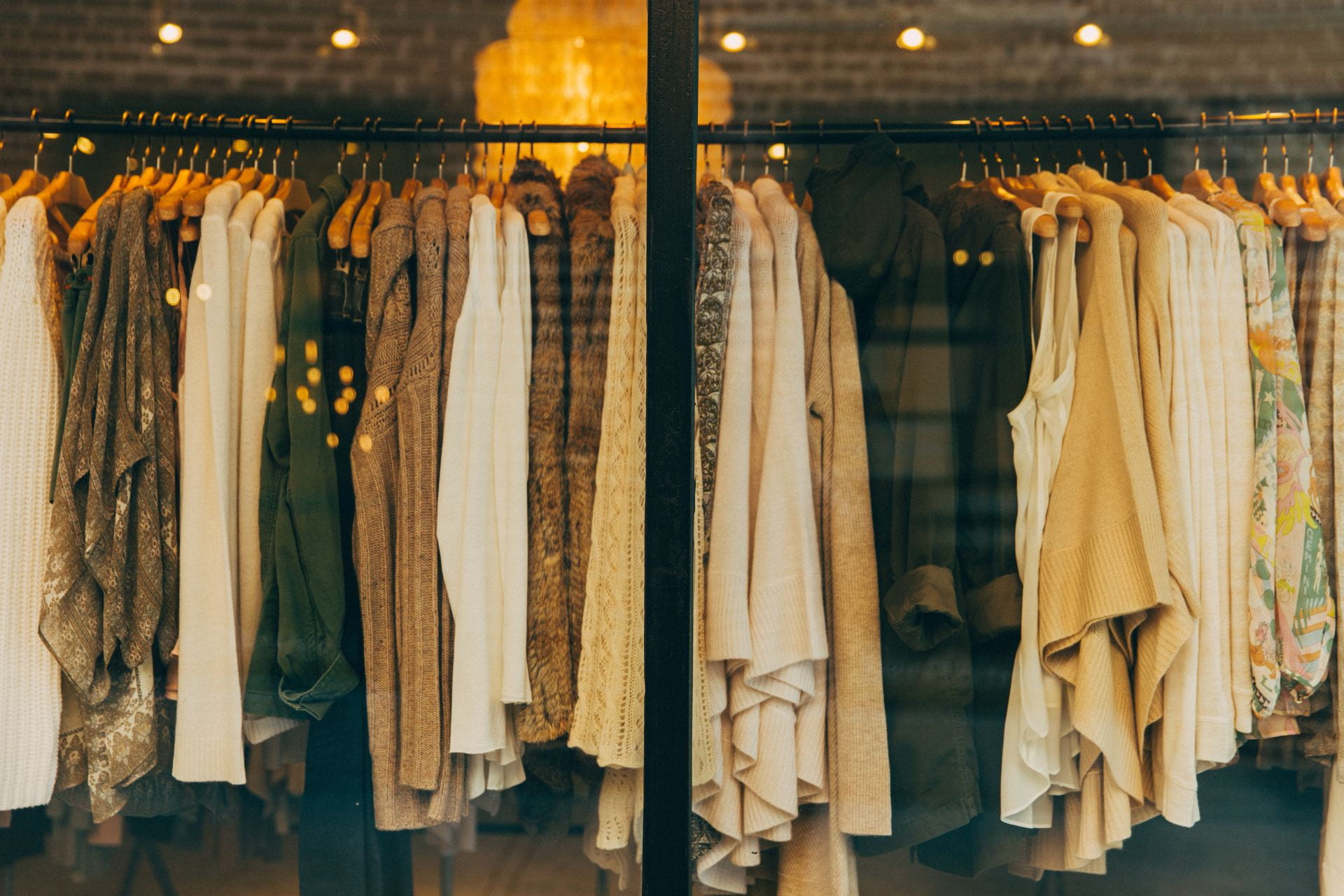
Depending on your preference, you may choose to visit different platforms that help you curate products such as Brand Rated or a platform such as Amazon where it’s possible to find anything to embark on your latest retail conquests. For the savvy fashionista, shopping online provides a myriad of unique products and brands that you may have trouble finding on the shelf. With everything from sneakers to prom dresses, the internet seemingly has it all.
With the rise of online shopping platforms, the landscape of the retail industry has changed dramatically. Other than the convenience and the range of products offered on such platforms, another factor of great interest to shoppers are the seemingly unbeatable (sometimes almost unbelievably) low prices of goods online. These reduced prices stem from a variety of reasons, including the lower cost of running an online store compared to a brick and mortar shop to the sourcing of materials directly from factories. Regardless of their socio-economic background, many have been more than happy to take advantage of these opportune discounts. After all, who can pass up on a good bargain?
However, amidst the endless spending sprees and product hauls by fashion-centric YouTube channels, some of the more socially conscious consumers have reignited a particular buzzword: fast fashion.
What Is Fast Fashion?
The term “fast fashion” is not a new one. It originally came about in the 1990s and was coined by the New York Times as a way of describing Zara’s (an emerging brand at the time) mission to have garments go from the design stage to store shelves in 15 days. This sparked discussions on topics such as ethical consumerism and business practices, not only because of the lack of transparency as to how Zara was managing to accomplish the feat, but also because it sparked a trend of mass produced clothing at the cost of the quality. When your parents or grandparents complain that “They don’t make ‘em like they used to, ” the fact of the matter was that businesses truly did not, since the newest profitable market was one that prioritized low cost at any expense.
Fashion in the 21st century is fast in more than one way. Not only do trends pass extremely quickly, with new “must-have” fashion pieces lasting barely a few weeks before moving onto the next big thing, but there’s also the fact that consumers generally expect pieces to make their way from the platform to the store shelves at an increasingly high speed. This has led to a number of problems, including high amounts of waste as well as reports of unsavory business practices.
Furthermore, with the rise of photoshop and online marketplaces, this can sometimes make it difficult to judge whether the item shown in the picture will be the same one that you receive. While the saying “you get what you pay for” can definitely be applied in such scenarios, the fact of the matter is that such shady business practices only serve to leave a bad taste in one’s mouth and grow distrust in the consumer.
So What Can Be Done About It?
Fortunately, many online shopping platforms do their best to engage in responsible retail practices. This often involves encouraging sellers to be transparent about their products and services through the use of photo evidence and reviews. Additionally, businesses that price their items fairly and deliver good quality products often get higher ratings that the algorithms of such platforms reward by recommending them to more people. Furthermore, businesses are held accountable for their products through the return policy system that most online shopping platforms have so that a dissatisfied customer can either get a refund or a replacement.
Additionally, there are many third party sites that do their best to help curate and promote brands that are more socially conscious. Such brands are often smaller, and while their products may have a higher price point than what some are used to, they are often made to be more long lasting and of higher quality. Additionally, some sites even curate goods specifically meant for the more socially-conscious, with many of the brands that they help to promote having transparent business practices and sometimes even going as far as to produce their goods in a sustainable manner.
While it is possible to feel small in the face of conglomerate superpowers such as Amazon or Zara, the fact of the matter is that consumers actually hold a surprising amount of power. Through carefully choosing where you spend your money, it is possible to influence the retail landscape that you see before you by encouraging producers to pick up (or even drop) certain business habits. Through your spending habits you can even influence major brands to care about things such as sustainable business practices and lowering their carbon footprint. Support the brands that make it part of their mission to do so, and contribute toward a world you wish to create.